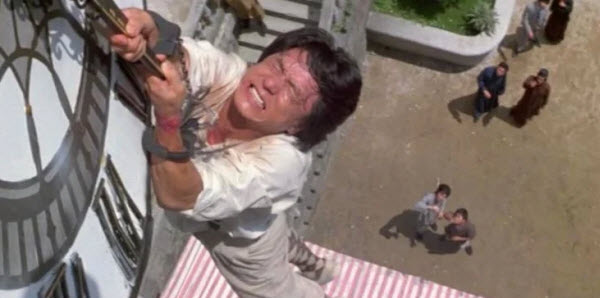When watching an action-packed film, you might see the hero performing breathtakingly dangerous stunts. While it seems that the hero himself is executing these daring feats, in reality, it is often a stunt double—another kind of hero entirely. Stunt doubles, or “stunt performers,” are the unsung heroes of the film industry, specializing in performing hazardous scenes that the main actor cannot safely undertake. Despite their expertise, the profession is fraught with danger, and there is a long list of stunt performers who have lost their lives or suffered severe injuries. Yet, they continue to be an essential component of action films, providing thrills that audiences crave.

Stunt doubles are responsible for executing perilous scenes, often involving car crashes, falls from great heights, being dragged along the ground, or facing explosions and fires. This job becomes even more dangerous during live performances in front of an audience, as opposed to pre-recorded scenes where safety measures can be concealed through editing. Since the early 20th century, the profession has evolved, with stunt performers now undergoing extensive training in various disciplines, including martial arts. They must also be members of recognized stunt associations to receive the necessary insurance for their work on stage or screen, which helps them perform their duties more effectively.
The History of Stunt Performers
The early pioneers of dangerous stunts were circus artists, especially gymnasts and acrobats, who were known as “cascaders.” The term is derived from the French word “cascade,” meaning waterfall, reflecting a series of risky movements and falls. In the late 19th century, the term was formalized through Wild West shows in North America and Europe, with “Buffalo Bill’s Wild West Show” being one of the most notable examples.
Stunt Doubles in Early Cinema
As cinema began to flourish in the early 20th century, the industry initially did not rely on stunt doubles. There were two main reasons for this: firstly, the film industry was still new, and many actors were willing to perform dangerous stunts for free, and secondly, many young people who had recently finished the Spanish-American War were physically fit and sought employment in films. The earliest recorded use of a stunt double in cinema was around 1903-1910, with Frank Hanaway’s potential appearance in “The Great Train Robbery” and the first paid stunt in “The Count of Monte Cristo” (1908).

During this period, individuals like Rodman Law, known for climbing buildings and parachuting, began to appear in films. As Hollywood evolved, stunt doubles became a fixture in the film industry, performing dangerous feats for comedians like Charlie Chaplin and Buster Keaton, who were not formally trained but learned through trial and error.
Professional Cowboys

From 1910 onwards, Western films dominated the US cinema scene, featuring skilled horse riders and actors trained to perform stunts safely. Professional rodeo performers were recruited as stunt doubles, with Tom Mix being one of the earliest. As the industry matured, figures like Helen Gibson emerged as prominent stuntwomen. In 1915, Gibson performed a dangerous leap from a train station roof to a moving train, narrowly escaping severe injury.
Action Films and the Modern Era
By the 1950s and 1960s, action films increasingly employed professional stunt performers. Techniques like using cables instead of airbags for high falls became standard. The development of computer-generated imagery (CGI) in the modern era has impacted the stunt industry, but high costs often make stunt performers the best option for risky scenes.
Jackie Chan and Modern Stunt Work
Jackie Chan began performing his own stunts in films like “Dragon Lord” (1982) and “Project A” (1983), establishing a team for stunt coordination and incorporating humor into his stunts. In 1985, “Police Story” featured an iconic scene where Chan slid down a pole covered in lights, resulting in second-degree burns and other injuries.

Future of Stunt Work
Many experts believe that CGI will reduce the need for practical stunts, but the high cost of CGI often makes real stunt performers necessary for highly dangerous scenes. Awards for stunt work remain limited, with Yakima Canutt receiving an honorary Oscar in 1967 and the Taurus World Stunt Awards recognizing stunt performers globally.
Fatalities in Stunt Work
The stunt profession is fraught with danger, and while some stories of fatalities are exaggerated, accidents do occur. Notable fatalities include:
- 1959: “The Horse Soldiers” – A stuntman died from a fall during a bridge explosion.
- 1960: “Flower on the Stone” – A stuntwoman perished from severe burns after a wooden hut collapse.
- 1966: “Le Saint prend l’affût” – A stuntwoman died in a high-speed car accident.
- 1980: “Twilight Zone” – Actor Vic Morrow and two child actors were killed by a helicopter crash during filming.
The profession of stunt performing remains a critical part of filmmaking, with dedicated professionals continuing to take on high-risk roles to bring action-packed scenes to life.
